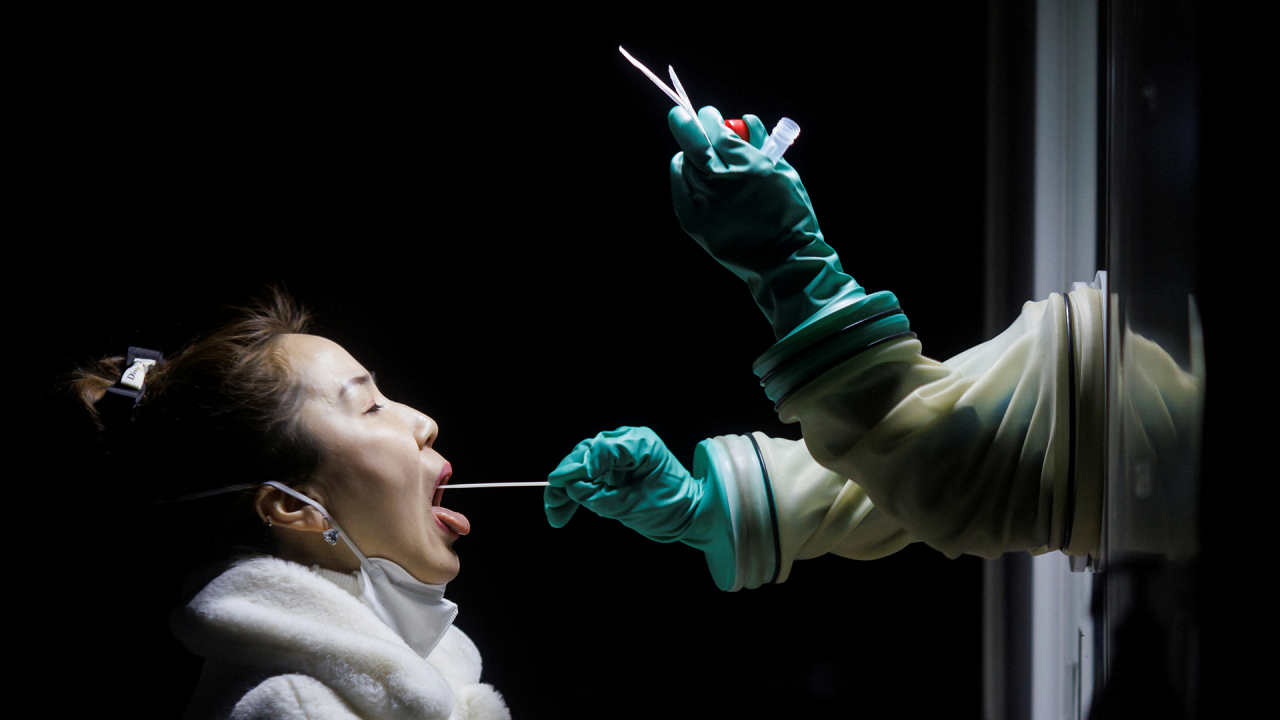Advertisement
China’s medical testing sector scales down with pandemic peak in rear-view
- Laboratories and diagnostics units of hospitals are reporting steep drops in revenue and staff lay-offs as end of pandemic slashed demand for testing
- Domestic companies, most smaller than their international counterparts, looking for new growth areas after winddown of zero-Covid testing protocols
Reading Time:3 minutes
Why you can trust SCMP
1

Mandy Zuoin Shanghai
In the last year, Henry Zhu has had to say goodbye to dozens of colleagues.
Advertisement
His employer, an independent clinical laboratory in Shanghai, has drastically scaled down its workforce as a Covid-induced boom has waned and demand for testing services has plummeted.
The lab's current team is just a third of what it was in the pandemic peak, and pay for certain diagnostics – particularly the polymerase chain reaction tests which became an inescapable part of life for Chinese people during the pandemic – has shrunk by the same level.
“[We had] one product that was selling like hot cakes, and now it’s all passed,” said Zhu, a senior sales manager who has been less affected than his former coworkers.
While similar ups and downs could be observed in the global diagnostics market, the past few years have been a much more tumultuous affair for players in China – a country which devoted more resources than any other to near-universal testing protocols as part of its zero-Covid policy.
Advertisement

Advertisement
